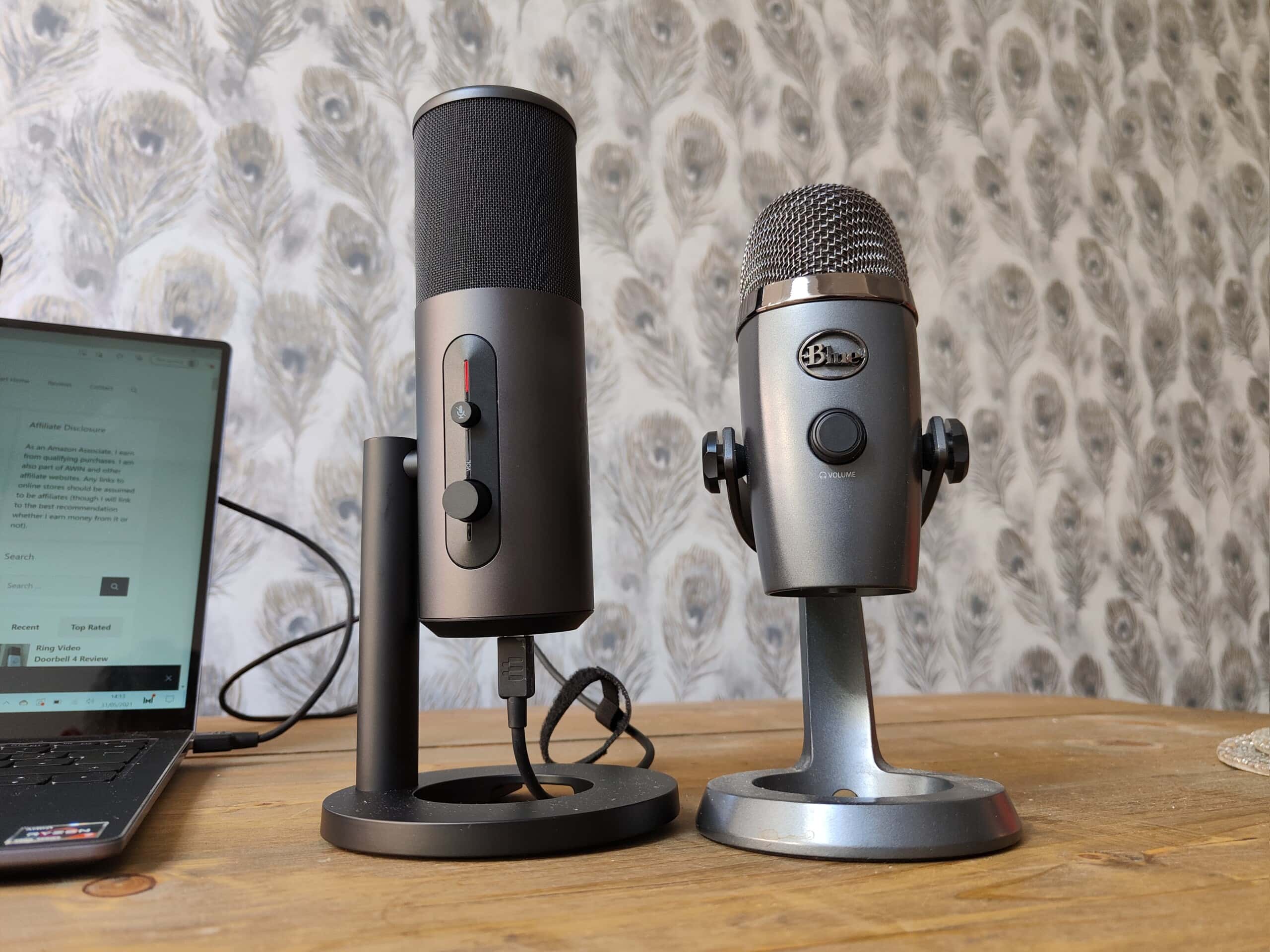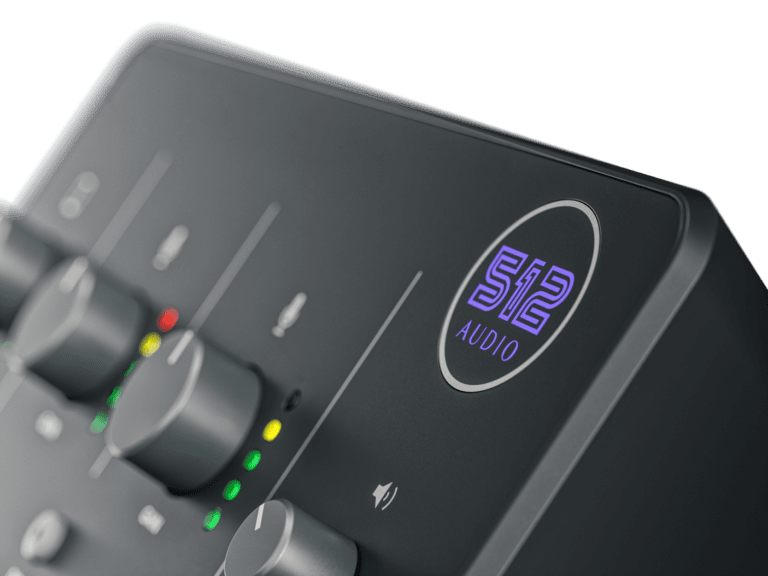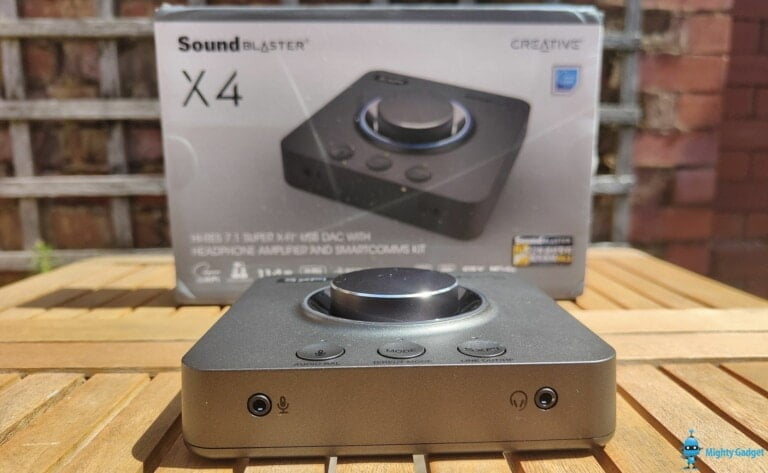Any links to online stores should be assumed to be affiliates. The company or PR agency provides all or most review samples. They have no control over my content, and I provide my honest opinion.
This article was originally published on Make the Sound Better. While I have updated most of the articles that have been transferred over, this article is mostly unedited.
The Evolution of Wireless Microphones
Wireless microphones have revolutionized the way we capture and transmit audio. They have not only eliminated the need for cables but also provided greater mobility and flexibility in audio recording and broadcasting. Over the years, wireless microphone technology has undergone significant advancements, making them more reliable, efficient, and versatile. In this article, we will explore some of the latest advancements in wireless microphone technology that have improved their performance and made them an indispensable tool in various applications.
The Miniaturization of Transmitters and Receivers
The miniaturization of wireless microphone transmitters and receivers has been a significant advancement in recent years. Today’s wireless microphones are smaller and more discreet than ever before, making them ideal for use in live performances, film and television production, and other applications where aesthetics and comfort are critical. Miniaturization has also enabled the integration of multiple transmitters and receivers into a single device, allowing users to record audio from multiple sources simultaneously.
Advances in Frequency Management
Frequency management is crucial for wireless microphone technology, as the spectrum space available for wireless microphones is limited and subject to interference from other wireless devices. Advances in frequency management have made it possible to operate wireless microphones in congested frequency environments without experiencing interference or dropouts. One of the most significant advancements in frequency management is the introduction of frequency-agile systems that can automatically switch frequencies to avoid interference.
Digital Signal Processing and Noise Reduction
Digital signal processing (DSP) has enabled wireless microphones to deliver high-quality audio with minimal noise and interference. DSP technology allows wireless microphones to enhance the sound quality by adjusting the frequency response, reducing background noise, and improving the dynamic range. With the help of noise reduction technology, wireless microphones can produce clean and clear audio, even in noisy environments.
Increased Battery Life and Efficiency
The battery life of wireless microphones has improved significantly in recent years, thanks to advancements in battery technology and power management. Many wireless microphones now come with rechargeable batteries that can provide several hours of use on a single charge. Furthermore, the development of low-power consumption technologies has increased the efficiency of wireless microphones, allowing them to operate for more extended periods without compromising on performance.
The Emergence of Smart Wireless Microphones
Smart wireless microphones are the next generation of wireless microphones that come with advanced features such as voice recognition, automatic gain control, and noise cancellation. These microphones can detect the direction of the sound source and adjust the microphone’s sensitivity to capture the audio accurately. They can also connect to other smart devices and stream audio wirelessly, making them ideal for use in conference rooms and other collaborative environments.
The Integration of Bluetooth and Wi-Fi Connectivity
The integration of Bluetooth and Wi-Fi connectivity into wireless microphones has made it possible to connect them to a wide range of devices, such as smartphones, tablets, and laptops. This capability has opened up new possibilities for streaming audio wirelessly, making wireless microphones more accessible and convenient to use. With Bluetooth and Wi-Fi connectivity, users can also remotely control the wireless microphone, adjust the settings, and monitor the battery life.
The Role of Artificial Intelligence in Wireless Microphones
Artificial intelligence (AI) has the potential to revolutionize wireless microphone technology by enabling them to learn and adapt to different environments and usage scenarios. AI-powered wireless microphones can analyze the sound signals and adjust their settings automatically to optimize the audio quality. They can also detect and eliminate background noise, adjust the gain, and control the volume to deliver optimal sound quality.
The Use of Multiple Antennas for Improved Signal Strength
The use of multiple antennas in wireless microphones has improved the signal strength, range, and reliability of wireless microphones. Multiple antennas can receive and transmit signals from different directions, reducing the risk of interference and dropouts. They can also improve the signal-to-noise ratio, making it easier to capture clean and clear audio.
The Impact of 5G Technology on Wireless Microphones
5G technology has the potential to revolutionize wireless microphone technology, enabling them to transmit and receive high-quality audio with minimal latency and interference. With 5G technology, wireless microphones can operate at higher frequencies, providing more bandwidth and reducing congestion. They can also connect to other devices wirelessly, making them more versatile and convenient to use.
Wireless Microphone Security and Encryption
Wireless microphone security and encryption are critical, as they can prevent unauthorized access and eavesdropping. The use of encryption and authentication protocols such as WPA2-Enterprise and AES-256 has made wireless microphones more secure and protected against hacking and other cyber threats. Additionally, many wireless microphones now come with built-in security features such as password protection and user authentication, which further enhance their security.
The Future of Wireless Microphones
The future of wireless microphones is exciting, with more advancements expected to improve their performance, reliability, and versatility. With the integration of smart features, AI, Bluetooth, and Wi-Fi connectivity, wireless microphones are becoming more accessible and convenient to use. As 5G technology becomes more widespread, we can expect wireless microphones to deliver even higher quality audio with minimal latency and interference. With these advancements, wireless microphones will continue to be an indispensable tool in various applications, including live performances, film and television production, and conferencing.
I am James, a UK-based tech enthusiast and the Editor and Owner of Mighty Gadget, which I’ve proudly run since 2007. Passionate about all things technology, my expertise spans from computers and networking to mobile, wearables, and smart home devices.
As a fitness fanatic who loves running and cycling, I also have a keen interest in fitness-related technology, and I take every opportunity to cover this niche on my blog. My diverse interests allow me to bring a unique perspective to tech blogging, merging lifestyle, fitness, and the latest tech trends.
In my academic pursuits, I earned a BSc in Information Systems Design from UCLAN, before advancing my learning with a Master’s Degree in Computing. This advanced study also included Cisco CCNA accreditation, further demonstrating my commitment to understanding and staying ahead of the technology curve.
I’m proud to share that Vuelio has consistently ranked Mighty Gadget as one of the top technology blogs in the UK. With my dedication to technology and drive to share my insights, I aim to continue providing my readers with engaging and informative content.







